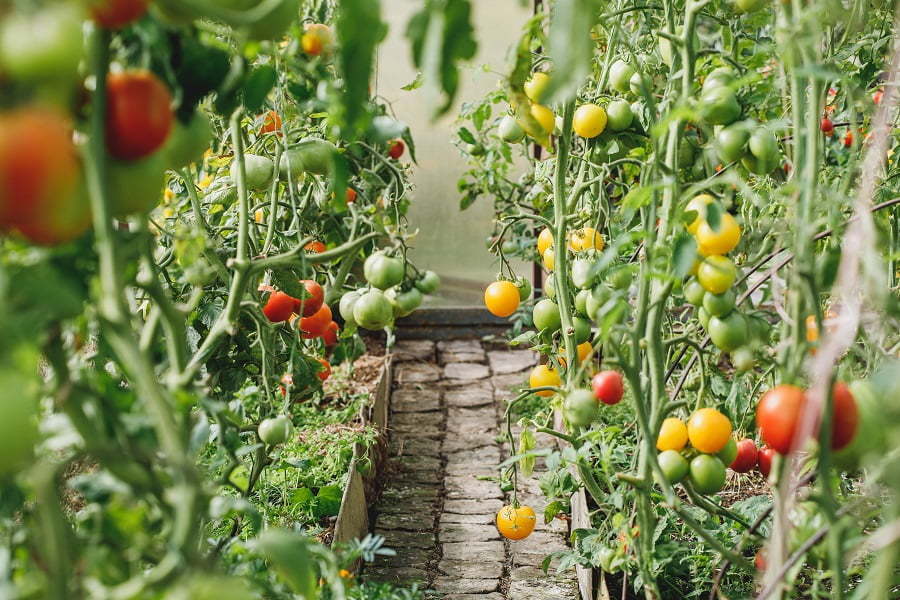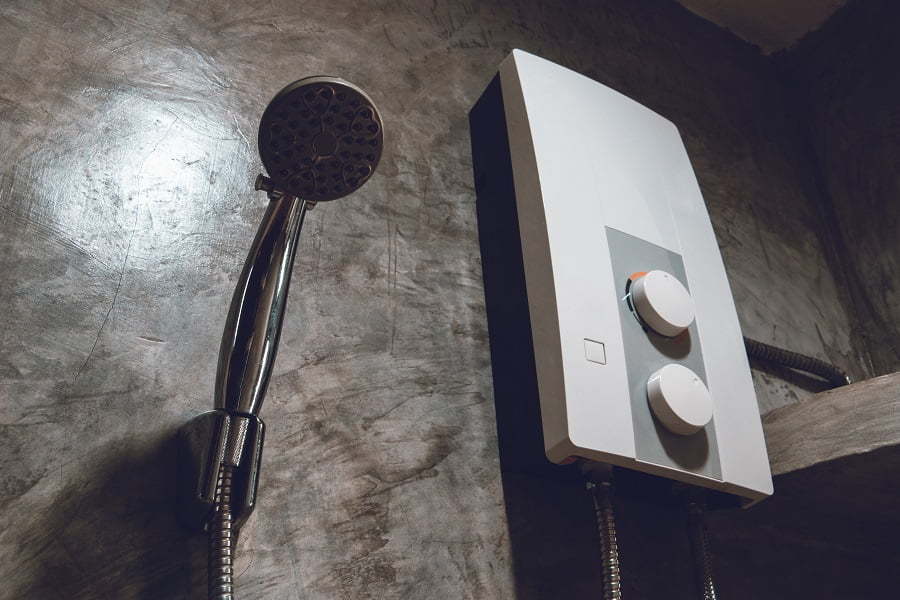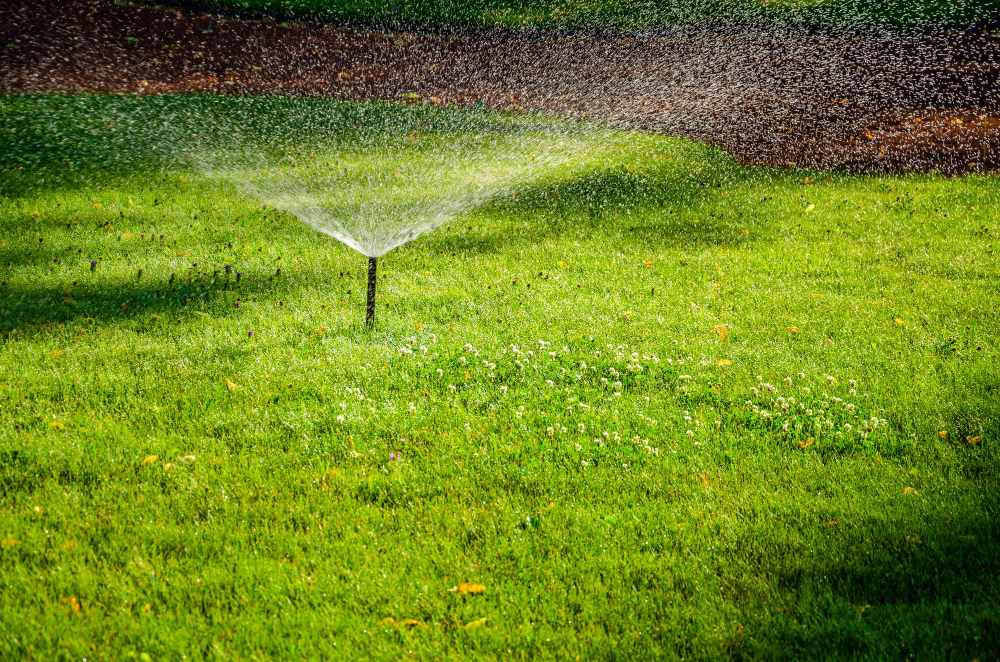Last updated on
Gardening is a delightful and therapeutic activity that not only beautifies your space but also promotes well-being. Among the various elements of a garden, trees often form the backbone, providing structure, shade, and a sanctuary for local wildlife.
They are the majestic, enduring pillars that silently bear witness to our lives, evolving, and changing with the seasons. Despite their seeming indestructibility, trees, like all living things, require care and attention to maintain their health and longevity.
Proper care can even increase the value of your property and contribute to a healthier environment. This guide aims to enlighten you about the different aspects of tree care, from understanding the basic needs of different tree species to recognizing signs of disease, and how to effectively treat them.
As we delve into this topic, we hope to arm you with the necessary knowledge and tools to enable your trees to thrive and your garden to flourish.
Understanding Your Trees’ Basic Needs

Each tree species has its own specific set of requirements for optimal growth. These include sunlight, soil type, climate, and water levels. For instance, some trees thrive in wet, marshy soils while others prefer well-drained soils.
Similarly, certain species need full sunlight for most of the day while others do well in partial shade. It’s crucial to understand these needs and ensure they are being met to maintain the health and longevity of your trees.
Doing your homework before planting can save you from many potential issues down the line. For example, planting a tree without considering its eventual height and spread can lead to overcrowding, root competition, and even structural damage to your home or other structures on your property.
A lot of resources are available to help you determine the best tree species for your specific location and conditions. You can consult with a local arborist or nursery, do some research online, or use planting zone maps to make informed decisions.
Watering Your Trees Effectively
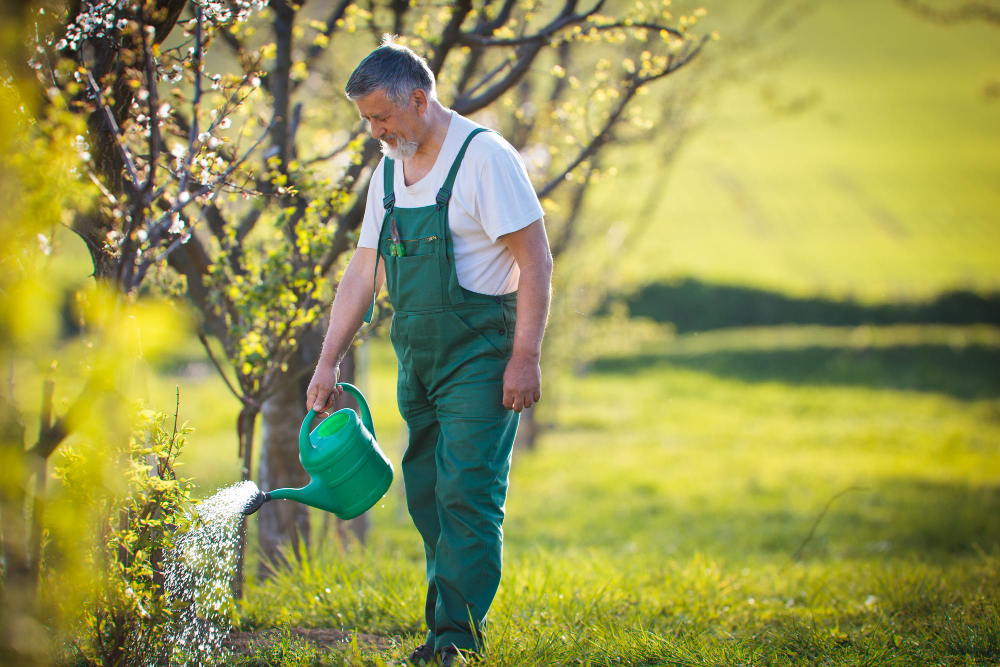
Water is essential for the survival of any plant, including trees. However, watering practices may vary based on the species and climate. During dry spells or in hot climates, trees may require more frequent watering to stay hydrated.
On the other hand, overwatering can lead to root rot and diseases. It’s essential to understand your tree species’ water needs and observe any signs of distress, such as wilting leaves or yellowing foliage. Water deeply and less frequently rather than shallowly and often to encourage deeper root growth and resilience against drought.
Additionally, consider using organic mulch around the base of your tree to retain moisture and suppress weeds. The general rule of thumb is to provide about an inch of water per week but adjust accordingly based on your tree’s needs.
Using Tree Services for Proper Pruning and Maintenance
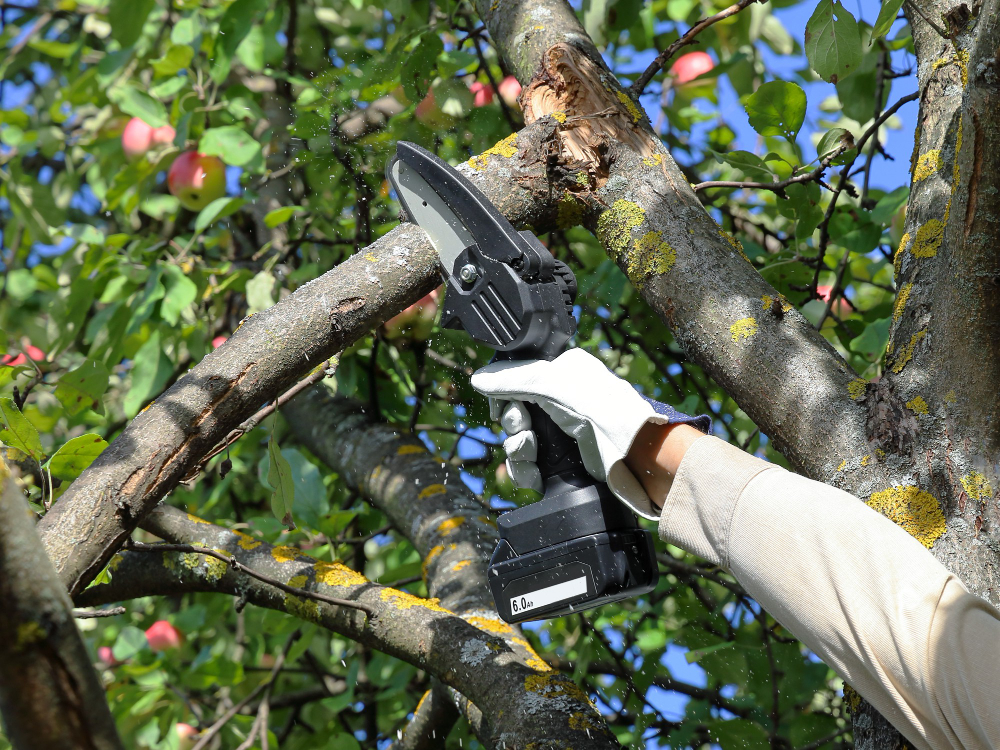
Trees require regular maintenance, including pruning, to promote healthy growth and prevent potential hazards. However, improper pruning can damage your tree and even increase its susceptibility to diseases and pests.
It’s essential to understand the proper techniques for pruning different tree species and when to do so. Some trees may need more frequent pruning than others, while some may require more specialized techniques.
If you’re not confident in your pruning abilities, looking for local tree trimming contractors or certified arborists who can help you maintain your trees is highly recommended. These professionals have the knowledge, skills, and tools to prune your trees safely and effectively, so you don’t have to worry about accidentally harming your trees.
Identifying and Treating Diseases

Despite our best efforts, trees can still fall victim to diseases and pest infestations. It’s crucial to regularly inspect your trees for any signs of distress, such as discolored foliage, wilting leaves, or unusual growths.
If you spot any issues, it’s best to consult a professional arborist who can accurately diagnose the problem and provide effective treatment options. Prevention is key, so it’s essential to maintain good cultural practices (such as proper watering and pruning) and promptly address any issues that arise.
Even more so, proper nutrition and care can help strengthen your trees’ natural defenses against diseases and pests. Consider using organic fertilizers or compost to provide essential nutrients that promote healthy growth and vigor.
Additionally, regular aeration of the soil around the tree’s roots can improve oxygen levels and nutrient absorption. When you know how to take care of your garden’s trees, you can enjoy their beauty and benefits for years to come.
Regular Tree Inspection for Early Disease Detection
Routine tree inspection is a practice that should never be underestimated in maintaining the health and vitality of your garden’s trees. By regularly examining your trees, you can spot early signs of disease or pest infestation before they escalate into significant problems.
Each tree species is susceptible to different types of diseases, and understanding these can help you watch out for specific signs. Typical symptoms might include unusual leaf discoloration, premature leaf drop, stunted growth, or the presence of pests.
If you observe anything out of the ordinary, it is recommended to consult with a professional arborist for a thorough diagnosis and suitable treatment. Stay vigilant, as early detection is the key to preventing the spread of diseases and preserving the longevity of your trees.
Providing Essential Nutrients for Your Trees
Nutrients play a vital role in the health and growth of your garden’s trees. Essential nutrients such as nitrogen, phosphorus, and potassium are crucial for their growth, while secondary nutrients like calcium, magnesium, and sulfur help enhance their health and stability.
There are also trace elements like iron, manganese, zinc, copper, molybdenum, and boron that, although needed in smaller quantities, are still vital for their development and overall health. When caring for your trees, it’s important to consider that different tree species may have varying nutrient requirements.
To ensure optimal health, regular soil tests can help determine if any essential nutrients are deficient in the soil. If deficiencies are identified, applying a suitable fertilizer can replenish these nutrients. Remember, a well-nourished tree is not only healthy but also more resilient against diseases and pests.
The Takeaway
Taking care of your garden’s trees is both a rewarding and necessary endeavor. From understanding your trees’ basic needs to providing them with proper watering, nutrition, and regular maintenance, each step is crucial in fostering their health and vitality.
Always remember that different trees have different needs, so it’s vital to do your research and consult with professionals as needed. Regular inspections are also key in catching early signs of disease or distress.
With proper care and attention, your trees will continue to be the pillars of your garden, providing beauty, shade, and a home for local wildlife while also contributing to a healthier environment. Let’s all play our part in preserving these majestic beings and enjoy the myriad benefits they offer.
Related reading:
Table of Contents
